It’s been a week since the announcement of Apple’s latest news, including iPhone 13 e iPhone 13 Pro. And from today we will finally all be able to touch them with our hands. We are already working on it, but waiting to do a real test of the cameras of the iPhone 13 and 13 Pro, the first consideration to make is that Apple has really thought big this year.
From what we have seen from the data provided, it would almost seem that the last generation was transitional, except for the iPhone 12 Pro Max. Just the largest of the Apple smartphones had been the only one to enjoy evident improvements in the photographic sector. On the other models we had not seen, however, larger sensors than the iPhone 11, just as we had not seen updates on the diaphragm.
And so here we are trying to solve the usual dilemma: it is worth changing an iPhone 12 to go to 13?
The first important fact is that Apple has not changed the resolution of the sensors: once again we find 12 megapixels for all cameras iPhone 13 and 13 Pro. It is, as we have already pointed out, a compromise between resolution and performance that has no equal. Especially in terms of speed and data processing, which starts even before the shot. In this way iPhone is able to show in an instant the final result, already passed through the algorithms of computational photography, therefore balanced in every aspect and ready to use.
iPhone 13 e iPhone 13 Mini
So far, nothing new, except that I am increased the size of the main sensors on iPhone 13, iPhone 13 Mini and also on iPhone 13 Pro. With larger sensors it was also possible to increase the size of the individual pixels (now from 1.7µm). And if all this were not enough i sensors are stabilized.
The new photo module is arranged diagonally
At this point the first conclusion we can draw is that iPhone Mini 13 will have the same quality as iPhone 12 Pro Max. Obviously, even for the iPhone 13 the speech is the same, but it is certainly more impactful to take the new Mini as a reference for the comparison. If we want to go even deeper, we can say that the quality could be even better. On the new generation we find in fact a Smart HDR that has an extra year of development on its shoulders. But to confirm what has been said, we are waiting to really make this comparison.
| Target | Resolution | Pixel size | Stabilization | |
| iPhone 13 | 26mm eq f/1,6 | 12 MP | 1.7µm | On the sensor |
| iPhone 12 | 26mm eq. f/1,6 | 12 MP | 1.4µm | Optics |
The main cameras of the iPhone 13 and iPhone 12 compared
These updates will bring a significant improvement in the amount of light captured in a single photograph. Thanks also to the stabilization on the sensor, and not on the optics, we will be able to perform long exposures in low light conditions further reducing the risk of blur. Stabilization will also be a big plus when it comes to freehand video shooting.
However, the ultra-wide angle optics does not change. We find the same sensor and the same lens that we had seen and appreciated on last year’s models.
The need to make room for a renewed main module equipped with stabilization that leads to move – albeit slightly – the sensor itself, has forced the company to also review the configuration in space. Now, in fact, the two cameras are arranged diagonally.
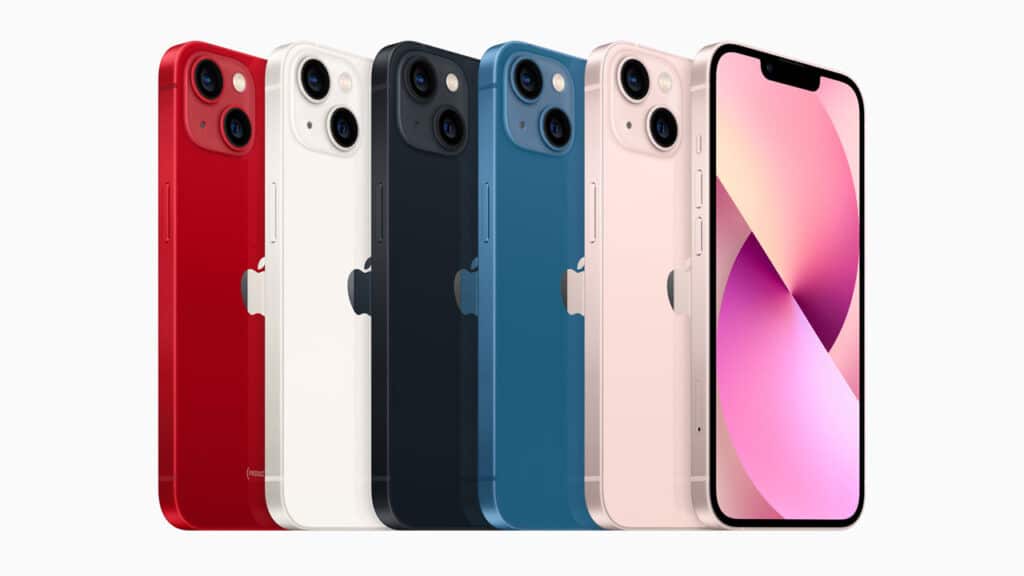
On the 13 and 13 Mini models, therefore, telephoto optics continue to be missing, but being able to count on the new main sensor should not represent too great an obstacle. If we want to take portraits, a digital zoom is called into question and the bokeh effect is added through a machine learning algorithm able to analyze the scene and blur where it is needed.
The cameras of the iPhone 13 and iPhone 13 Mini therefore present themselves as an excellent alternative to those of the Pro versions. There does not seem to be all that difference that had characterized the previous models since the Pro was introduced.
The cameras of the iPhone 13 Pro and iPhone 13 Pro Max
We now come to the cameras of the iPhone 13 Pro and Pro Max. The first novelty, which we really like, is that the two smartphones they have the same photographic module. Some small differences between the two models, in addition of course to the dimensions, remain but do not concern the photographic module. Here we no longer have to be forced to choose the larger version to have the best photographic performance.
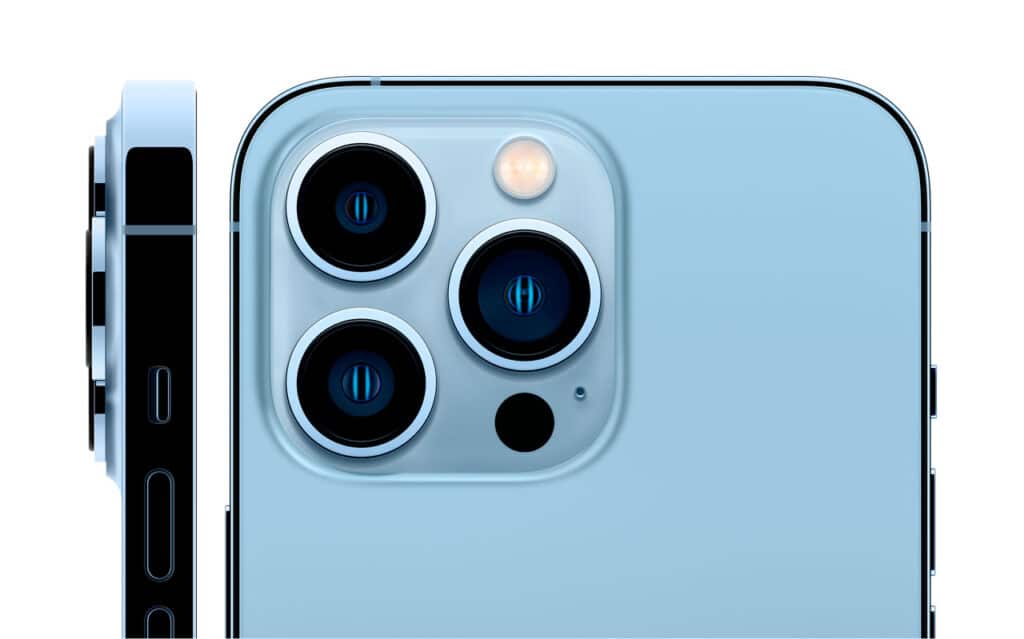
The two flagship models of the Cupertino company come with further enlarged sensors compared to the 12 Pro Max. As usual, it is not known exactly how much, but just do some mathematical calculations knowing the real focal length with which the photographs are taken. . But we’re not here to talk about math. So let’s take the data provided by dpreview.com and consider the 1 / 1.65 “large main sensor. Inside this sensor we have single 1.9µm large pixels. From these data we can already say that iPhone 13 Pro will be able to capture about 25% more light than iPhone 12 Pro Max and iPhone 13, but not only. In fact, there is also a diaphragm to consider which now comes to a maximum aperture of f / 1.5, which results in a further increase in recorded light.
| Target | Resolution | Pixel size | Stabilization | |
| iPhone 13 Pro/Max | 26mm eq f/1,5 | 12 MP | 1.9µm | On the sensor |
| iPhone 12 Pro Max | 26mm eq. f/1,6 | 12 MP | 1.7µm | On the sensor |
| iPhone 12 Pro | 26mm eq. f/1,6 | 12 MP | 1.4µm | Optics |
The main cameras of the iPhone 13 Pro compared to the 12 Pro Max and the 12 Pro
All of this results in better performance in low light conditions, without the need to increase the ISO sensitivity too much which would create noise. In fact, it is no coincidence that night mode it is activated automatically when a sensitivity higher than 800 ISO is required. In this, the artificial intelligence on board the iPhone 13 Pro will be able to better control the noise while keeping the ISO value low and without necessarily needing a larger sensor.
Sensor size affects image quality a lot, not just in terms of light. The combination of a sensor of this size and the largest aperture also allows you to be able to create an optical separation between subject and background. This will thus allow to obtain optically blurred images and it will not necessarily be necessary to resort to portrait mode and therefore artificial intelligence.
The three optics of the iPhone 13 Pro and Pro Max
After the speech on the main sensor, let’s move on to the novelty of the new telephoto optics of the iPhone 13 Pro and Pro Max. 77mm tele with f / 2.8 aperture. True, the aperture is smaller, but it was certainly a thoughtful choice at Apple. The reason is purely of space that would have occupied a lens with this focal length and with an aperture of f / 2.2. There are those who have proposed solutions with periscope optics to reduce the overall dimensions, but which to date have not yet reached sufficiently high standards. In Cupertino they have seen fit to solve the brightness issue by integrating the night mode also on this 77mm. We will see in the test if it was actually the right choice.
 Photo taken with iPhone 13 Pro telephoto lens (source: Apple)
Photo taken with iPhone 13 Pro telephoto lens (source: Apple)
What is certainly right is to try to reach the much-desired 85mm threshold, the focal length loved by all portraitists. Slowly Apple is getting there, challenging physical limits that to date have forced the company to increase the thickness of 0.11mm. A compressed acceptable, which leads us to think that the next step will be 85mm.
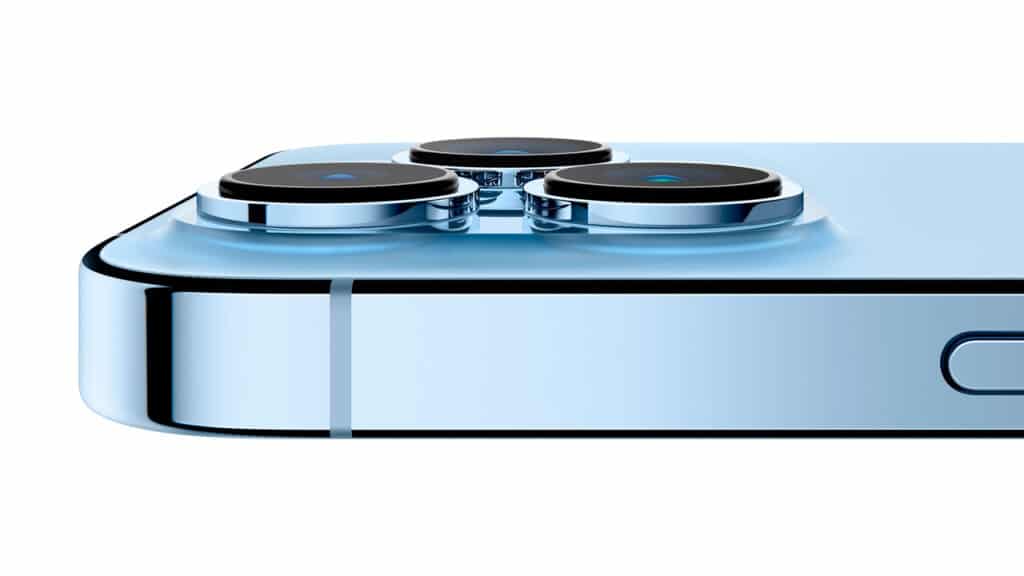 iPhone 13 Pro is slightly thicker due to the larger sensor and now more boosted telephoto optics.
iPhone 13 Pro is slightly thicker due to the larger sensor and now more boosted telephoto optics.
The difference in aperture in the telephoto lens may result in a difference in depth of field. But even in this case, if we took a mathematical calculator we could venture into various calculations, to discover that given the greater focal length and despite the reduced aperture, the depth of field should not undergo excessive variations.
The premises are of the highest level, we will see in practice if the results also confirm the goodness of these technical specifications.
Autofocus also arrives on super wide
The new iPhone 13 Pro and Pro Max can then also count on one new super wide optics from 13mm. It has been updated and can now rely on a system autofocus, which also allowed the addition of a macro mode with minimum focusing distance of 2cm.
 Photo taken with the macro mode of the iPhone 13 Pro (source: Apple)
Photo taken with the macro mode of the iPhone 13 Pro (source: Apple)
Integrating a macro mode in a 13mm lens can leave you puzzled, because photographing so close with this focal length means having the edges of the image definitely deformed. But from the images that Apple has shown, certainly studied to the millimeter and with perfect lights, what we can say at the moment is that you can have fun.
While there isn’t a difference in pixel size in this case, Apple has talked about an improved and more responsive sensor anyway. The differences lie in the optical construction and in an aperture that now reaches f / 1.8 compared to f / 2.4 of the iPhone 13. And therefore also on the latest module of the iPhone 13 Pro there will be an increase in the light hitting the sensor.
Fare l’upgrade o no?
And here we are, therefore, at the end of this overview of the cameras of the iPhone 13 and iPhone 13 Pro. The improvements have been made, even if they may not be so obvious for everyone. These are subtle updates, but they take the photographic capabilities of the new iPhones to an even higher level.
Probably the greatest benefits will be seen in the video field, it is true, but we need some bases to be able to take full advantage of these devices. For example, the Cinema mode is certainly one of the most interesting, despite some limitations on quality, but using it in the right way is not for everyone. Just as videomakers are certainly looking forward to the arrival of ProRes, but here too we are talking about very advanced features. Not for all.
Surely the fact of being able to count on the same features of the photographic module on the iPhone 13 Pro and Pro Max will give the possibility to choose the size of the smartphone, not being forced to take the largest phone. For this reason…






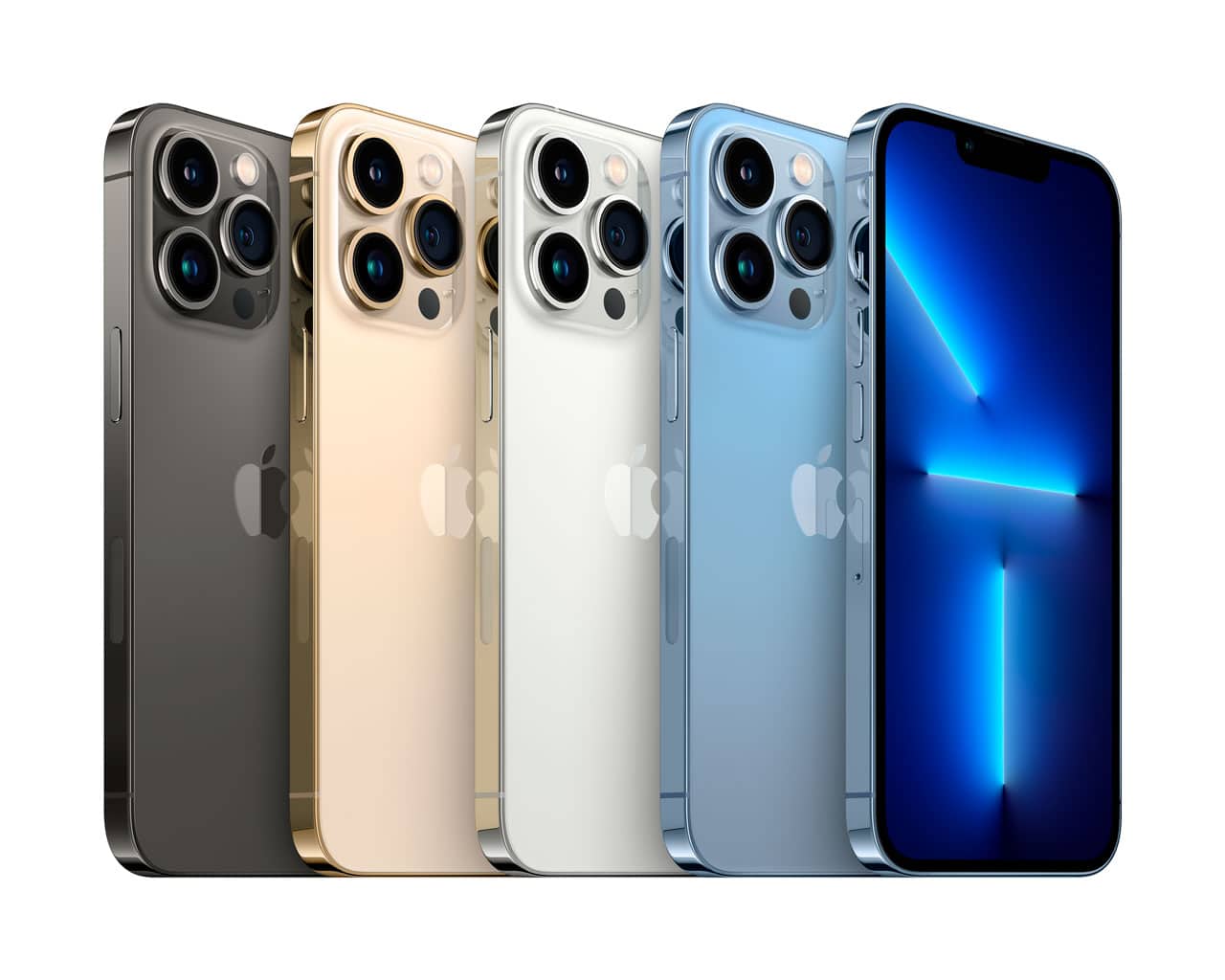
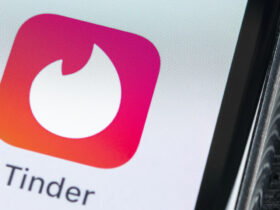
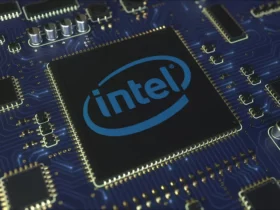

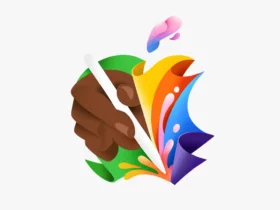

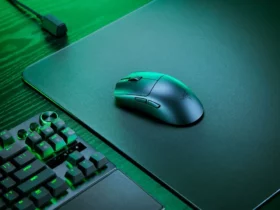
Leave a Reply
View Comments